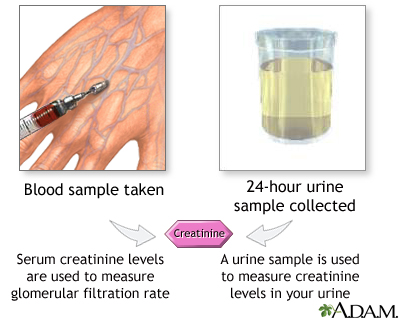

Of course these equalities between arterial and venous blood do not exist because of the physiological exchange of oxygen and carbon dioxide that occurs as blood flows through the capillary bed of all tissues and the capillary bed of the alveoli of the lungs. Likewise, if the pH, pCO 2 and HCO 3 - of arterial blood were the same as the pH, pCO 2 and HCO 3 - of venous blood, then it would be immaterial which sample were used to assess ventilation and acid-base status.

Clearly, if the pO 2 of arterial blood were the same as the pO 2 of venous blood, then it would be immaterial which sample were used to assess oxygenation. Another calculated parameter, base excess (BE), is also helpful, although often not necessary in this regard. PO 2 is used to assess patient oxygenation status pCO 2 is used to assess ventilation and pH, pCO 2 and HCO 3 - results together allow assessment of acid-base status. A further parameter, bicarbonate (HCO 3 -) concentration is generated during blood gas analysis but this is calculated from pH and pCO 2, rather than directly measured. The partial pressure ( p) exerted by the two gases is what is actually measured so the three measured parameters are: pO 2, pCO 2and pH.
#Creatinine istat venous free
The article begins with a very brief discussion of relevant physiological differences that distinguish arterial and venous blood.īlood gas analysis (BGA) involves measurement of three parameters: the amount of free (unbound) oxygen (O 2) and carbon dioxide (CO 2) dissolved in blood, and the pH (acidity/alkalinity) of blood. Consideration will also be given to mathematical corrections that are intended to allow prediction of arterial blood gas values from measured venous blood gas values. This article addresses the question: is central venous blood an acceptable alternative to arterial blood for blood gas analysis? The main focus of the article will be results of clinical studies that have compared BGA results derived from arterial blood with BGA results derived from simultaneously sampled central venous blood. It would be logistically convenient for clinical staff, and more comfortable and safer for the patient if this kind of venous blood sample could also be used for BGA.

In intensive care settings most patients who require frequent blood gas monitoring have a central venous catheter inserted that allows easy and safe sampling of venous blood for laboratory testing, obviating the need for repeated venepuncture. BGA is unique among blood tests in its requirement for arterial blood all other tests are performed on venous blood, collected usually by needle puncture of a peripheral vein (venepuncture) or less commonly on capillary blood obtained by finger prick. The ”gold standard” sample for BGA is arterial blood collected anaerobically by needle puncture of an artery or via an indwelling arterial catheter. Blood gas analysis (BGA) is a laboratory and point-of-care test routinely used to assess acid-base status along with adequacy of ventilation and oxygenation among predominantly critically/acutely ill patients.


 0 kommentar(er)
0 kommentar(er)
